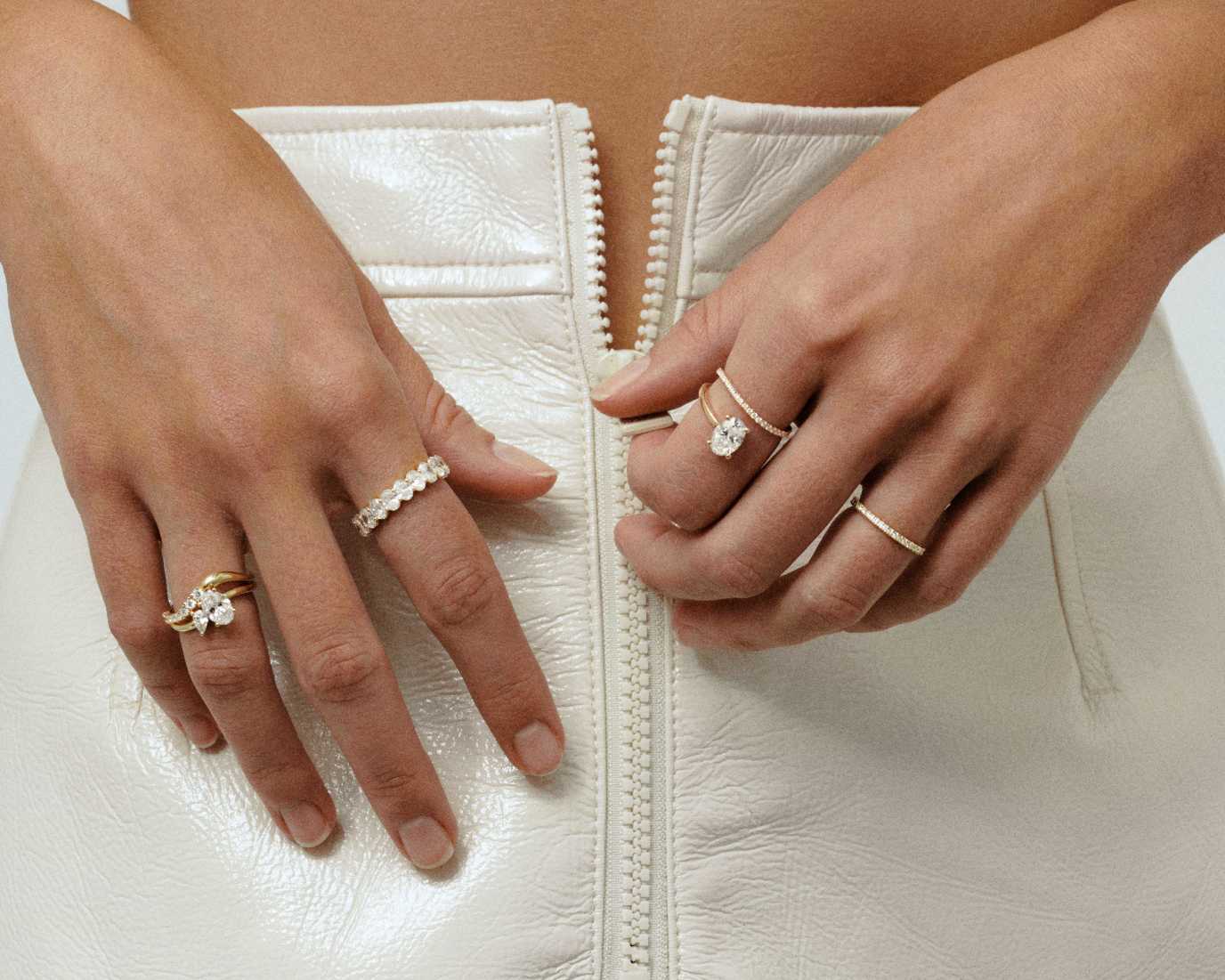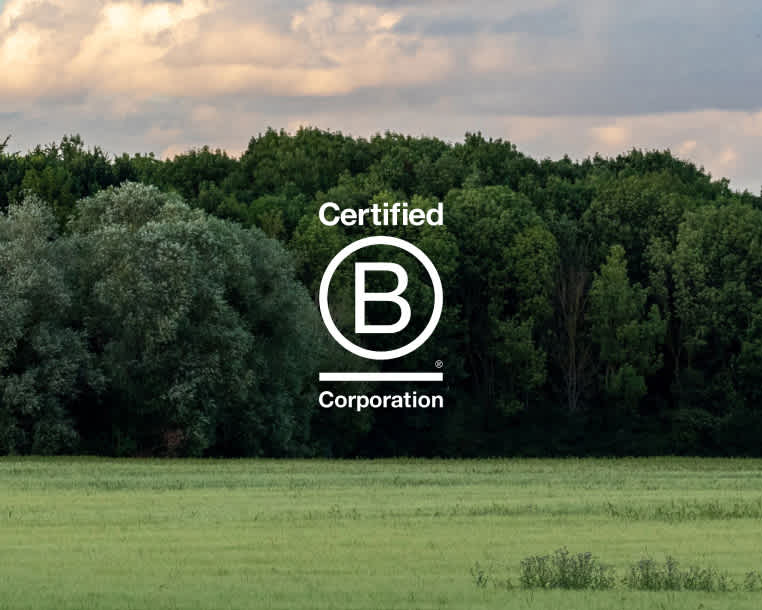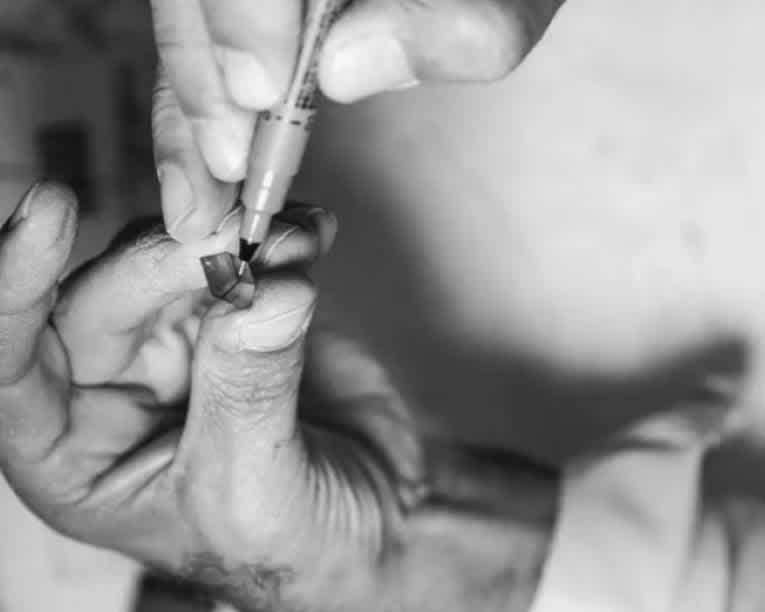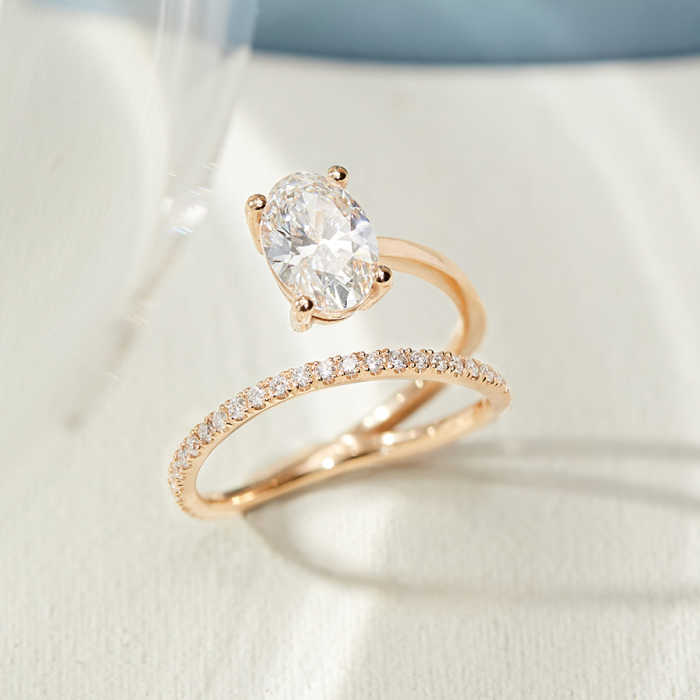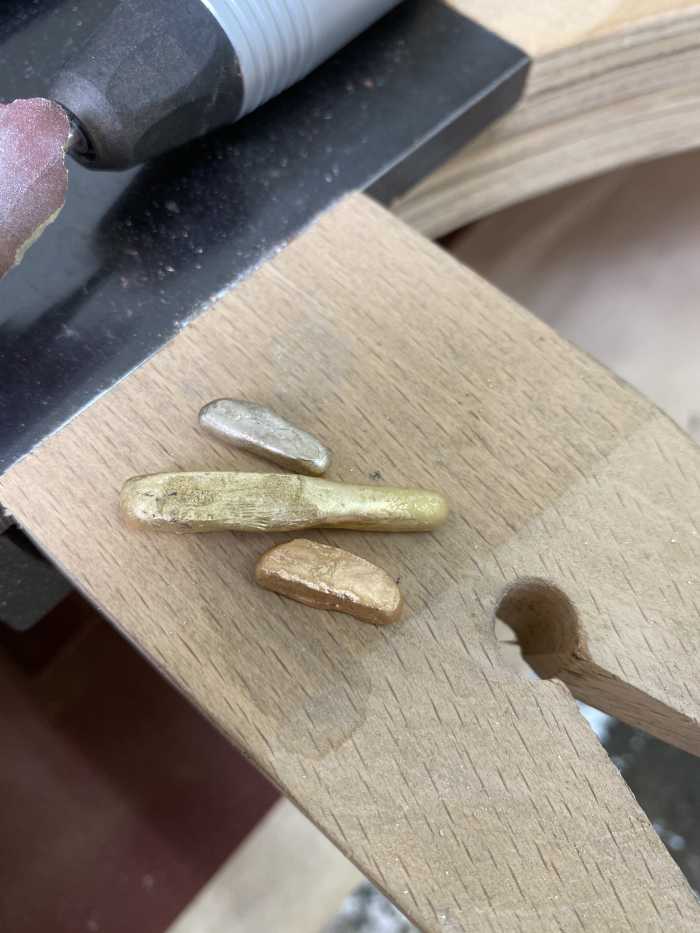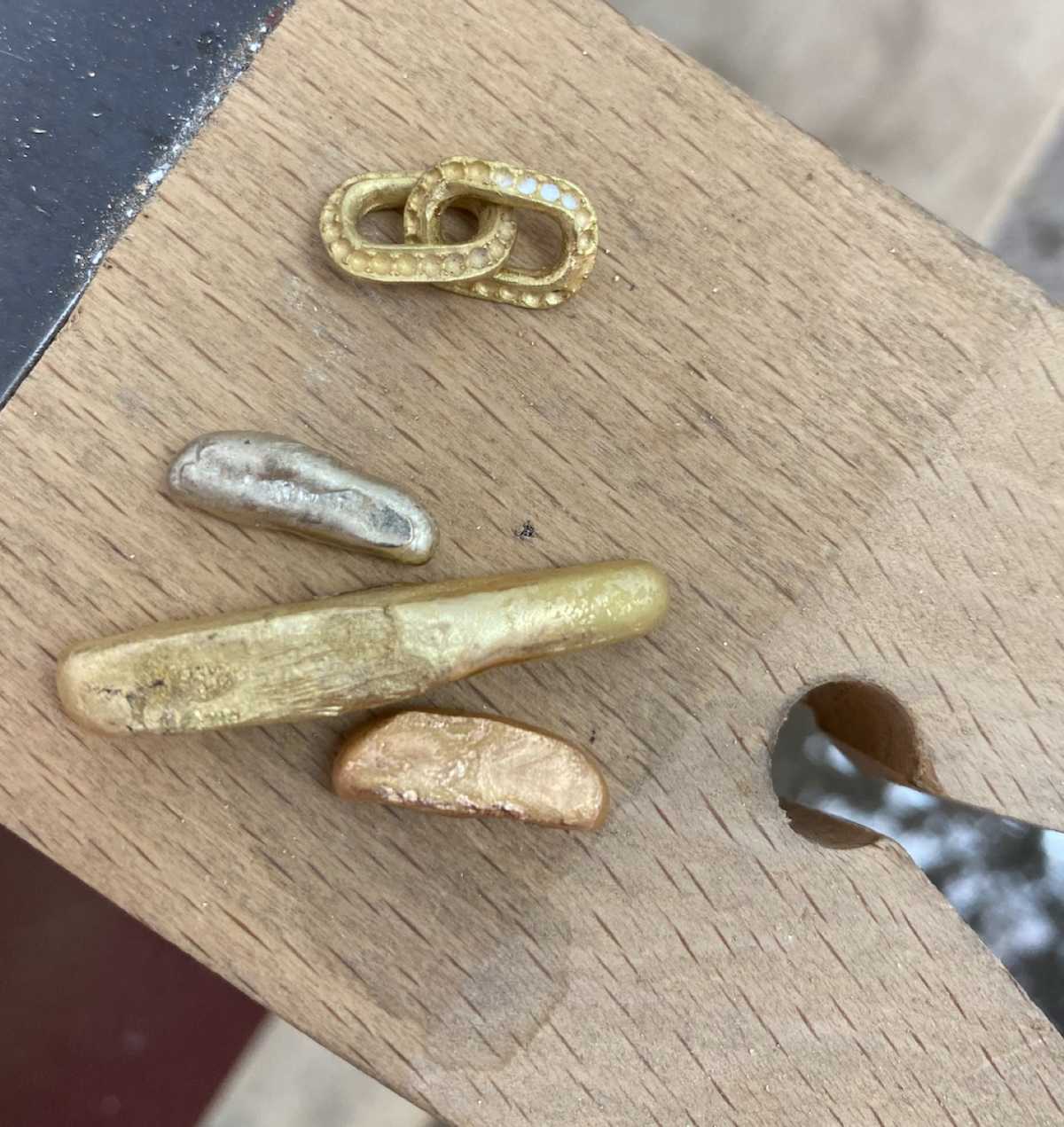Lab Grown Diamonds vs Mined Diamonds

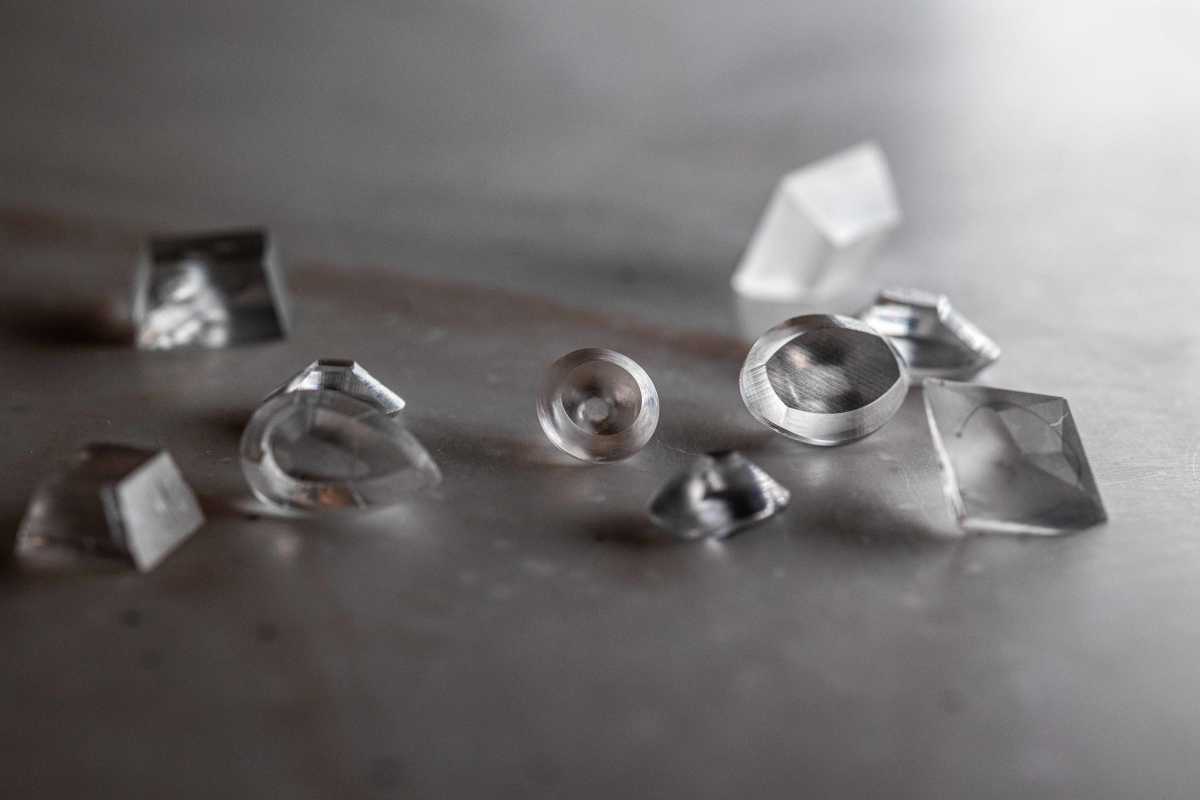
LAB GROWN DIAMOND VS MINED
What is the difference between a lab-grown diamond and a mined diamond? The punchline is, not a lot actually. Chemically, physically and optically, they are identical, they’re just created in a different environment.
Diamonds mined from the earth are believed to have formed around 1 to 3 billion years ago, approximately 90 miles below the surface. It was all very intense down there. Carbon dioxide was exposed to extreme temperatures (1093+°C) and extreme pressure, then the diamonds were moved from the core to its crust by a series of volcanic explosions.
Lab grown diamonds however, have been manufactured using conditions that mimic the natural process, so the carbon is still subjected to high temperatures and high pressure but in a controlled environment so there are no unexpected pyrotechnics and explosions involved.
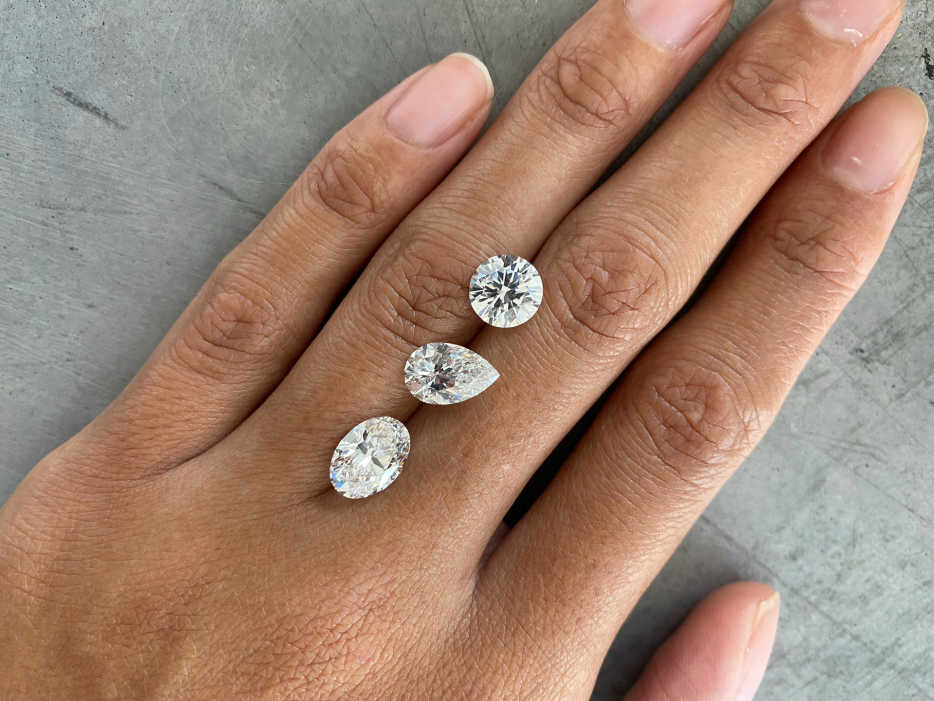

The difference between lab grown and mined diamonds
THE CREATION PROCESS
LAB GROWN
There are two different methods labs use to grow diamonds—High Pressure-High Temperature (HPHT) and Chemical Vapor Deposition (CVD).
HPHT: The HPHT method takes a small diamond seed and places it into a piece of carbon. The carbon is pressurised to around 1.5 million pounds per square inch, using either a belt press, cubic press or a split-sphere press. If that wasn’t enough, the carbon is then exposed to scorching temperatures of over 1482°C. Similar to the feeling of stepping off a plane on holiday, or thereabouts. This pressure and heat begin to melt the carbon, forming a diamond around the initial seed, which is then carefully cooled.
CVD: CVD uses a small diamond seed (often actually an HPHT diamond) that’s placed inside a sealed chamber and heated to over 760°C. So you know, still a nice balmy temperature. It’s then filled with carbon-rich gasses, typically methane and hydrogen, which are ionized into plasma using a technology similar to lasers or microwaves. This technology breaks down the molecular bond of the gas so that pure carbon can stick to the seed, forming a new diamond. Additional treatments like heat, irradiation or a Korean face mask may be used to enhance or change the diamond’s colour after it is grown.
MINED
Unlike the freshly baked lab diamonds, mined were created between 1 to 3 billion years ago far below the earth’s surface. The same process has essentially happened; the carbon dioxide was exposed to extreme temperatures and extreme pressure, then moved from the core to its crust through Kimberlite Pipes, igneous rock which formed from cooled volcanic activity.
The two most common types of diamond mines are; open pit, which maintains exposure to the surface throughout the extraction process and underground, where an entry is made through a horizontal or vertical tunnel. Heavy duty machinery and explosives are used to clear away the debris, leaving a permanent scar on the earth. In some cases, the process can even involve removing entire lakes and actually rediverting rivers.
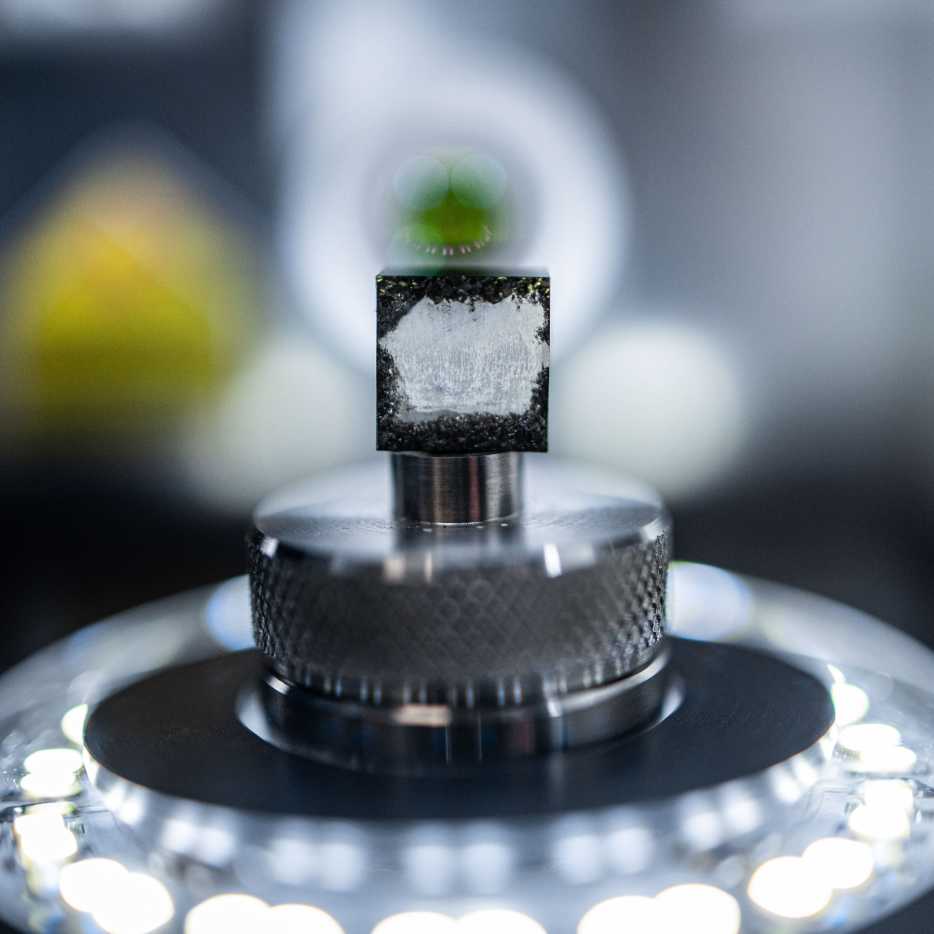
SOCIAL IMPACT
LAB GROWN
By growing diamonds in a lab, there is complete control over the process. It skips the process of untraceable exchanges with murky middlemen, creating a totally transparent supply chain. Additionally, diamond labs are modern with a safe working environment and typically pay above average wages.
Mined diamonds result in 1 documented injury for every 1,000 workers annually, whilst lab-grown diamonds result in zero.
MINED
Mined diamonds have got a bit of a name for themselves of late. This is because they are often sourced from complex, untraceable and unethical supply chains from conflict regions. This has been known to include political commodity chains such as blood diamonds; stones mined in war zones and sold to finance an insurgency, a warlord's activity or an invading army's war efforts. On top of this, the mining process often involves poor working conditions, low wages, human rights violations and child labour.
Diamond mining has also been linked to pollution of water sources used by locals because of acid mine drainage from mined rock minerals. The University of Waterloo in Canada describes it as “one of the mining industries top environmental liabilities”.
ENVIRONMENTAL IMPACT
LAB GROWN
Lab grown diamonds are less harmful to the environment and its surrounding communities.
Miners are having to dig deeper and deeper into the earth to source natural diamonds, leaving huge holes in the ground, whereas the process of creating lab grown takes up very little space. It can actually take an entire factor more energy to extract an underground diamond from Earth than it takes to create one above ground. For instance, Diamond mines operated by De Beers consume an average of 80.3 kWh per carat, whilst the Canadian Diavik mines consume 66 kWh per carat. This compares to 36 kWh of energy it can take to produce a 1 carat diamond in a lab.
In a study run by Frost & Sullivan, it is said that diamond-growing facilities “are often located in areas that have a negligible impact on the environment and have almost no impact on biodiversity in the area of operation.” On average they disrupt just 0.07 square feet of land per carat and only 1 pound of mineral waste. Spot the difference.
MINED
Between 88,000 and 176,000 pounds of earth must be sifted through to find a single 1-carat diamond, all in the name of ‘rarity’.
The environmental impact of this includes soil erosion, deforestation, community displacement and ecosystem destruction. It seriously disturbs delicate biodiversity balances and leaves the land unusable, even after mining activities have ceased.
Rural, agricultural populations living in the mining zone are often forced to relocate due to unhealthy living environments and the removal of livelihoods that once relied on the land. They are usually offered initial compensation to avoid homelessness but most initiatives foster dependency rather than rehabilitation and re-development.
Additionally, in Frost & Sullivan’s study, it was found that mined diamonds produce more than 30 pounds of Sulfur oxide and 125 pounds of carbon per single carat, whilst lab-grown diamonds produce “little or no gaseous emissions.”
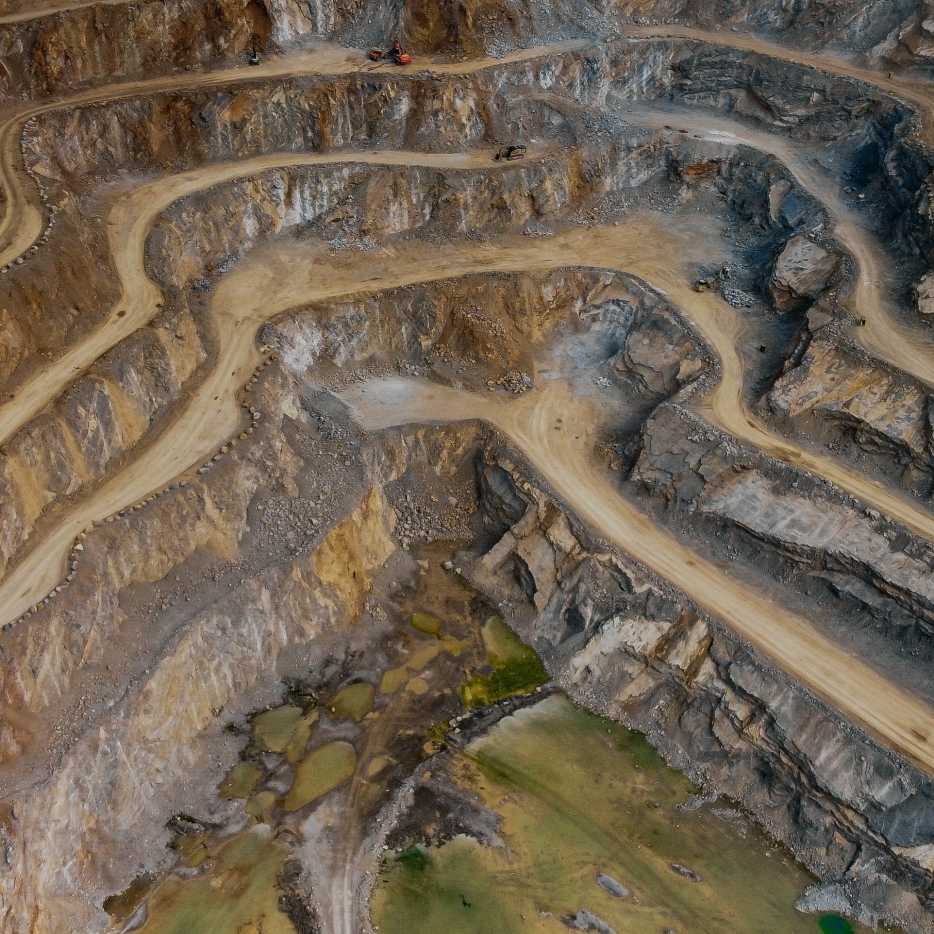
QUALITY & AFFORDABILITY
LAB GROWN
The creation of a lab diamond is more efficient and cost-effective than the mining process. Each diamond is unique and the quality is based on how it performs on each of the 4Cs. As the processes of creating lab grown diamonds continue to improve, the difference in price grows, with lab grown diamonds currently up to 50-60% less expensive than mined diamonds of the same quality.
MINED
The ‘rarity’, difficulties in mining and savvy marketing techniques make mined diamonds so expensive. Diamonds are one of the only things on earth where the price is not set due to supply and demand.
Mined and lab grown diamonds both have equal credibility. Even a certified gemologist can’t tell them apart. The GIA and all other major labs now grade them both the same way, showing that no matter the origin of the stone, a diamond is a diamond. The Federal Trade Commission also just recently changed the definition of a diamond by taking the word natural out. A mined diamond was formed 1 to 3 billion years ago, whilst a lab grown can take less than a month to create. With the same quality assurance, the plundering of our planet is a needless pursuit.
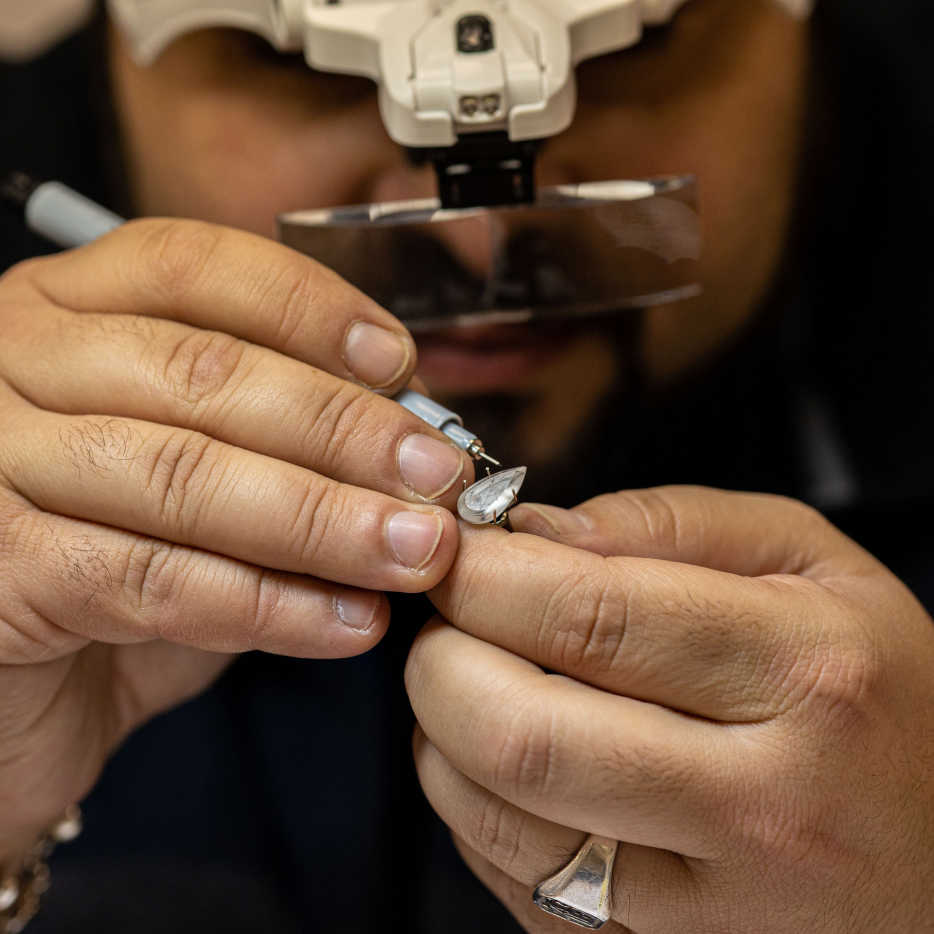

CONCLUSION
There are always going to be questions and doubts around new ideas. That’s human nature. The more we educate ourselves, however, the more we can understand and trust. The most common misconception about lab grown diamonds is that they are not the same as mined. This is not the case. As we have discussed, they have an identical chemical makeup, but by creating them in a lab they have a significantly improved social and environmental impact. This is a huge and exciting technological advancement that can help break the cycle of unethical mining for good.
FAQs ABOUT LAB GROWN DIAMONDS VS NATURAL DIAMONDS
Are lab created diamonds real?
Yes. Lab grown diamonds are chemically and physically identical, both starting as carbon seeds and pressurised to life. In fact, the Federal Trade Commission recently changed the definition of a diamond by removing the word natural and the GIA grades them the same way.
Are lab made diamonds worth anything?
Yes. Lab created diamonds are priced based on the 4Cs of diamond quality, exactly the same as mined. Lab grown diamonds are currently up to 60% cheaper than mined diamonds of the exact same caliber, making them far more cost effective. On average, it will cost around £3,450 for a 1ct lab grown diamond that has an excellent cut, F colour and VS2 clarity.
How can you tell if they are lab created diamonds?
You can’t. Even specialist gemologists and seasoned diamond traders cannot tell the difference between lab grown and mined diamonds with the naked eye, it takes specialist magnifying equipment that looks at the structure of atoms to notice any differences. Accuracy is never guaranteed, however.
Are lab-grown diamonds GIA certified?
Yes. Lab grown diamonds are graded on cut, clarity, colour and carat, just the same as mined diamonds. The GIA (Gemological Institute of America) and IGI (International Gemological Institute) are the key institutions to grade and issue certificates for lab diamonds.
What is the difference between a lab-created diamond and a cubic zirconia?
A lab-created diamond is a genuine diamond, whereas a cubic zirconia is not. It is softer, does not look the same to the naked eye and does not contain carbon and so doesn’t qualify as a diamond. It’s a wannabe.
Relevant Categories

Diamond Buying Guide
Choosing the right diamond is an important task, particularly if that diamond is one that will be worn all ... Read More

Ring Guide
Looking to buy a new diamond ring, but not sure where to start? If you're unsure about the best place to be... Read More
Want to learn more about lab grown diamond?
Book an appointment with one of designers and discuss any questions you might have, or what your needs may be.


